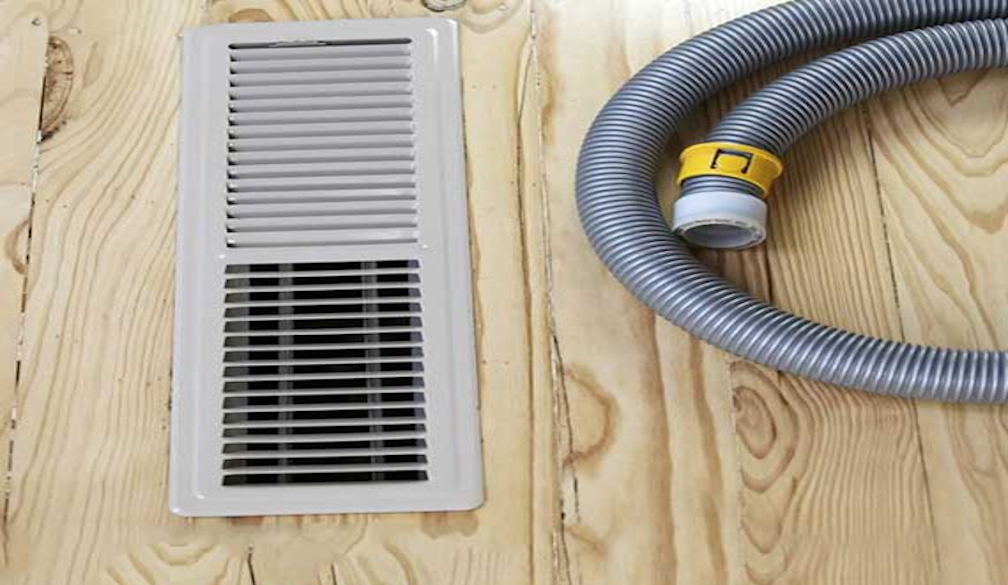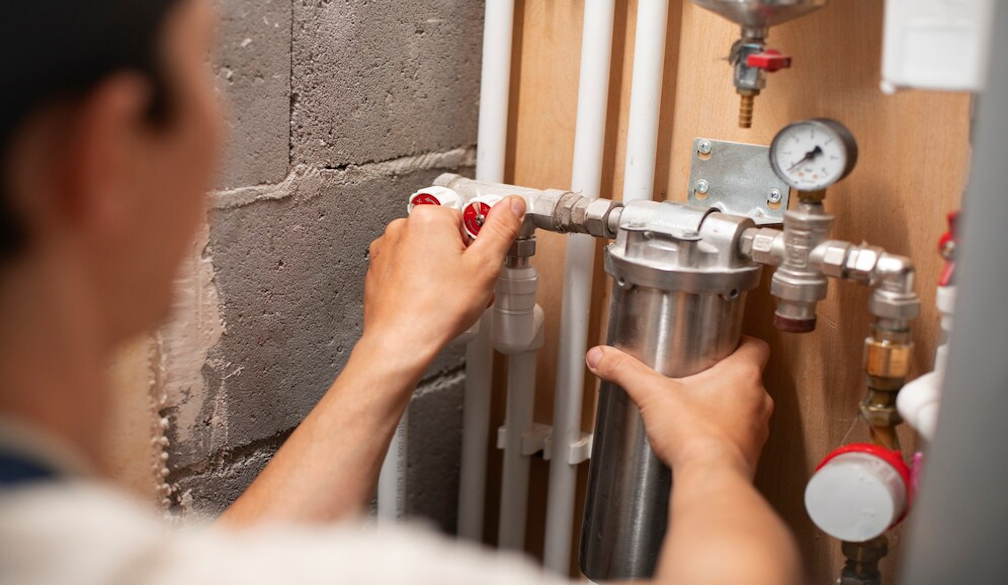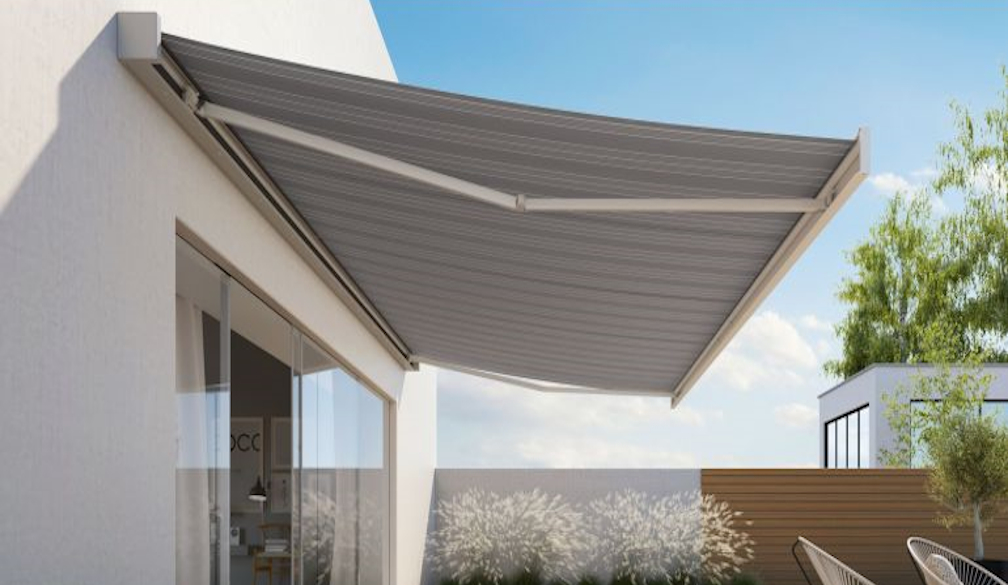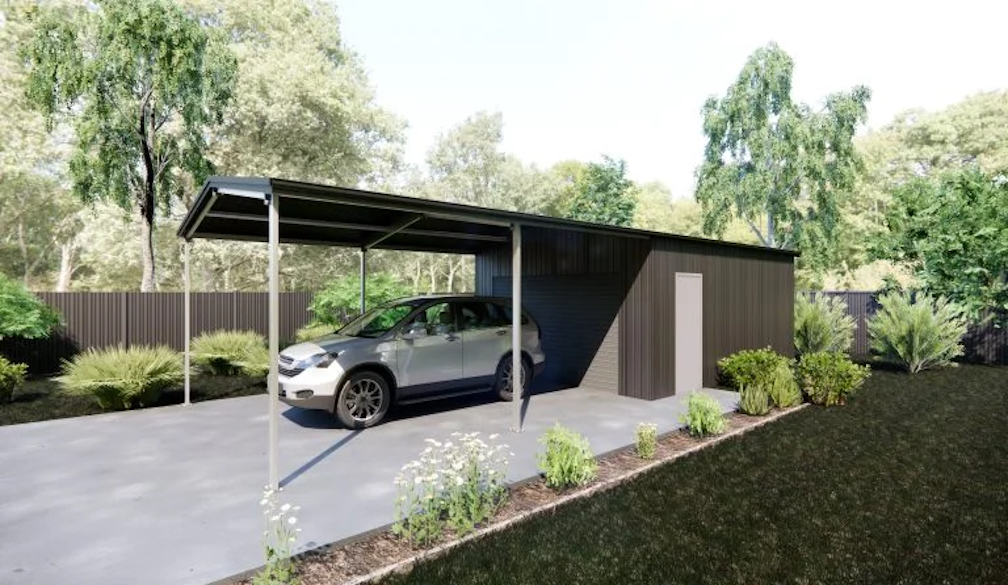The Importance of Water Tanks for Sustainable Living in Australia
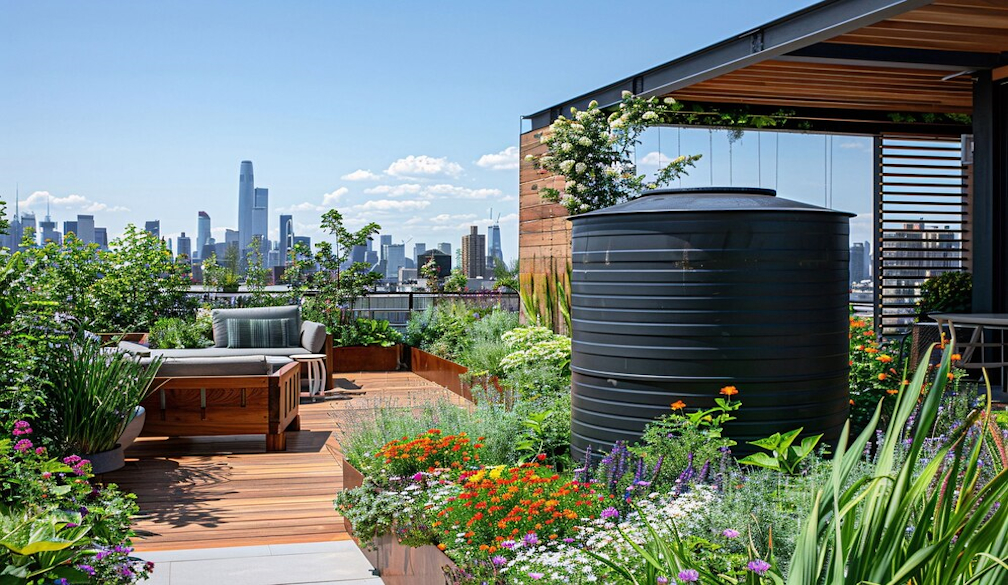
In a country like Australia, where water conservation is critical due to varying climate conditions, water tanks have become a popular and effective solution for both residential and commercial properties. The demand for sustainable water management systems has steadily grown, particularly as the impacts of climate change become more apparent. Water tanks provide an efficient way to collect and store rainwater, offering both environmental and financial benefits to households and businesses alike.
This article will explore the benefits of installing water tanks, their contribution to sustainable living, and how they can help mitigate water shortages across Australia.
Why Water Conservation Is Vital in Australia
Australia is one of the driest inhabited continents in the world, with large parts of the country experiencing droughts and limited access to freshwater resources. As such, conserving water is not only an environmental concern but also a necessity for the sustainability of communities.
Water shortages can have far-reaching consequences, from reduced agricultural output to restrictions on water usage in urban areas. This has led to an increasing emphasis on the need for water conservation strategies, with rainwater harvesting through water tanks emerging as one of the most practical and cost-effective solutions.
Benefits of Installing Water Tanks
Water tanks offer numerous benefits, ranging from environmental conservation to long-term financial savings. Let’s take a closer look at why more Australians are opting to install water tanks on their properties.
- Reduced Water Bills
One of the most immediate advantages of installing a water tank is the reduction in water bills. By collecting and storing rainwater, households can significantly cut down on their reliance on mains water for everyday tasks such as gardening, laundry, and toilet flushing. Over time, the savings on water bills can be substantial, making the initial investment in a water tank worthwhile.
- Environmental Conservation
Water tanks contribute to environmental sustainability by reducing the demand on the public water supply. During periods of drought, when water resources are stretched thin, having access to stored rainwater can help alleviate pressure on local reservoirs and prevent the over-extraction of natural water sources. Additionally, by using stored rainwater for non-drinking purposes, homeowners can contribute to overall water conservation efforts in their communities.
- Protection Against Water Shortages
Installing a water tank can provide a reliable backup water supply during times of water restrictions or shortages. This is especially important in rural areas where access to mains water may be limited or non-existent. A well-maintained water tank can store enough water to sustain a household during dry spells, offering peace of mind to homeowners.
- Improved Garden and Landscaping
Rainwater is naturally soft and free from the chemicals and additives often found in treated mains water, making it ideal for use in gardens. Many gardeners prefer to use rainwater collected in water tanks for watering plants, as it promotes healthier growth. By utilizing stored rainwater, homeowners can also maintain their gardens during drought periods without worrying about water restrictions.
- Contribution to Sustainable Living
Water tanks play an essential role in promoting sustainable living. By harvesting rainwater, homeowners reduce their environmental impact, lessen their reliance on local water supplies, and contribute to a greener future. This aligns with broader efforts across Australia to encourage sustainable practices and reduce the carbon footprint of households.
Types of Water Tanks Available in Australia
When considering installing a water tank, it’s important to understand the different types available and how they can be suited to specific needs. Australia offers a wide range of water tanks, each designed to accommodate various requirements, from small residential tanks to large commercial solutions.
- Polyethylene Tanks
These are among the most popular water tanks in Australia due to their lightweight, durable, and UV-resistant properties. Polyethylene tanks are cost-effective, easy to install, and available in various sizes to suit both urban and rural properties.
- Steel Water Tanks
Steel tanks are known for their strength and durability, making them an ideal choice for larger installations. They are highly resistant to corrosion and can store large quantities of water, which is perfect for properties with high water usage or limited access to mains water.
- Slimline Water Tanks
For homes with limited space, slimline water tanks offer a compact and sleek solution. These tanks are designed to fit in narrow spaces while still providing significant water storage capacity. Slimline tanks are particularly popular in urban areas where space is often at a premium.
- Underground Water Tanks
Underground tanks are perfect for those who want a discreet water storage solution. These tanks are installed below ground, which saves space and preserves the aesthetic of the property. Underground water tanks are also highly durable and can store large amounts of water, making them a good option for properties with substantial water needs.
- Bladder Water Tanks
Bladder tanks are flexible and ideal for temporary or portable water storage solutions. These tanks are easy to install and can be used in various applications, including under decks or in crawl spaces.
Installing Water Tanks: Key Considerations
When installing a water tank, several factors should be considered to ensure you select the right solution for your property and water needs.
- Tank Size
The size of the water tank you install will depend on your property’s water consumption, the amount of rainfall in your area, and the space available for installation. Smaller households may only require a tank with a few thousand liters of capacity, while larger properties or those in rural areas may need much larger tanks.
- Location
The location of the tank is another crucial consideration. For above-ground tanks, it’s important to choose a location that allows for easy access while also being close to the area where the water will be used. Underground tanks require excavation, so careful planning is needed to ensure the site is suitable.
- Maintenance
Regular maintenance is essential to ensure the longevity and efficiency of your water tank. This includes cleaning the gutters that feed rainwater into the tank, checking for leaks or damage, and ensuring that the water remains clean and safe for use. Proper maintenance will extend the lifespan of the tank and ensure a continuous supply of rainwater.
Supporting Australia's Water Security
As Australia faces increasing challenges related to climate change and water scarcity, water tanks offer a practical solution for securing a sustainable water supply. By harvesting and storing rainwater, individuals can reduce their dependence on mains water, contribute to environmental conservation, and ensure they have access to water during dry periods.
Whether for personal use or large-scale applications, installing a water tank is a forward-thinking investment that supports both the environment and future water security. With various sizes and types available, there’s a water tank solution for every property, allowing homeowners to be proactive in their water conservation efforts.
Conclusion
The installation of water tanks is becoming a crucial aspect of sustainable living in Australia. With the benefits of cost savings, environmental conservation, and protection against water shortages, water tanks are more than just an eco-friendly choice; they are a practical solution for managing one of the country's most precious resources—water. By understanding the types of water tanks available and considering key factors such as size, location, and maintenance, Australians can make informed decisions to improve their water security while contributing to a more sustainable future.



